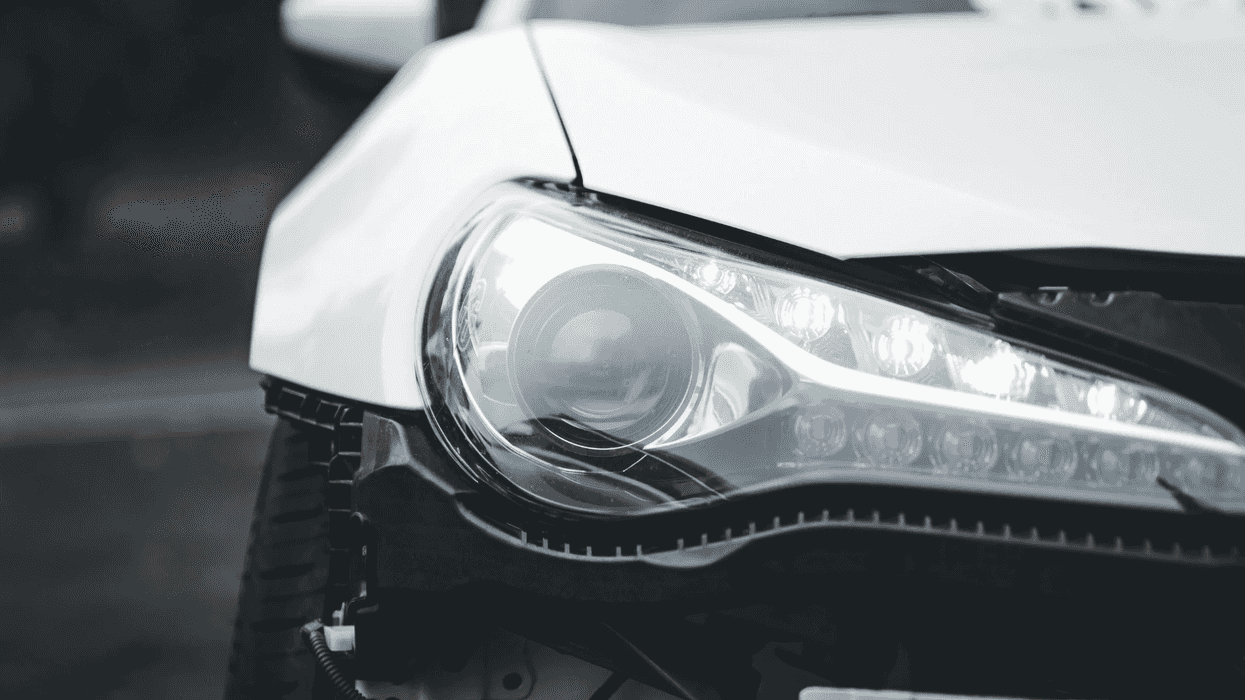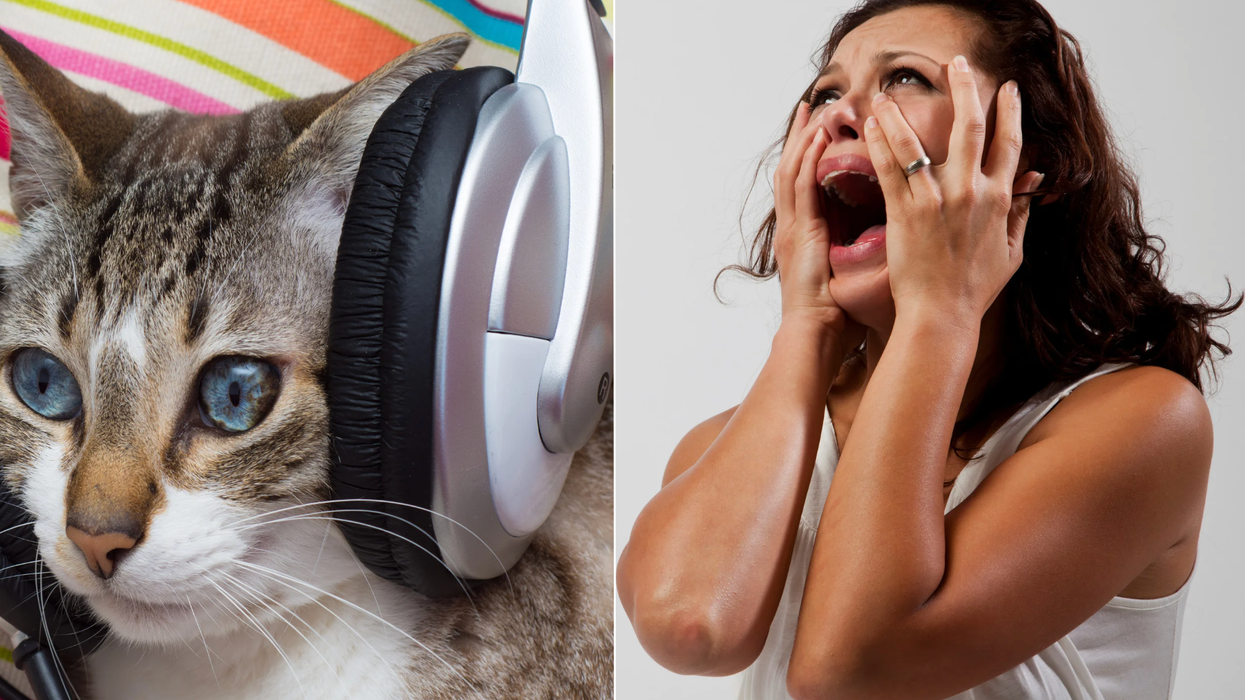A rig operated by the Royal Dutch Shell company spilled 54,600 gallons of oil into the North Sea last week. The company knew the spill was happening on Wednesday but didn’t confirm it until Friday, and didn’t say until today how much oil had escaped. Reporters were quick to compare this spill to last year’s Deepwater Horizon disaster and point out that the BP well released a far greater amount of oil. But while it's true that this event may not rank high on the all-time list of oil spills, it's still the largest spill in the North Sea in the past decade.
As Cord Jefferson wrote last month, one of the oil industry’s dirty little secrets is that its operations spill oil into waterways on a regular basis. And because spills mean lost time, wasted product, and negative publicity, the oil industry has a vested interest in stopping them before they start.
One of the ways to stop spills is to improve pipelines so they don't break. The North Sea spill began when a pipeline called a “flow line” broke. The oil that spilled this past summer in Montana came from a ruptured transport pipeline buried (perhaps not deep enough) beneath the overflowing Yellowstone River. And although the disaster at Deepwater Horizon began when the rig caught fire and started sinking, the oil that contaminated the Gulf of Mexico and its coast came from the broken pipeline deep below the surface.
With financial support from Royal Dutch Shell, researchers at the Massachusetts Institute for Technology have begun working to predict how pipelines like the one that broke in the Deepwater Horizon spill will perform under stress. Their work, the team reported back in June, fits into a slew of recent projects exploring the cause and effects of warped pipelines. The MIT team, led by Tomasz Wierzbicki, used a modeling system developed to predict how cars built of different materials would perform in crashes, conducting tests to determine a particular material’s characteristics and later using those results to create computer simulations of particular structures. In a preliminary exercise to prove their model could improve our understanding pipelines, the team simulated the sinking of the Deepwater Horizon rig. Their model showed cracks appearing in the pipeline in the same places that the pipe had fractured.
Now that the team has some confidence that they can apply their model to pipelines, different materials can be tested, and the team can one day recommend materials that have a better chance of standing up to strains the pressures of deep waters, the dangers of ice in Arctic climates, and even accidents like the fire that started the Deepwater Horizon spill.
photo (cc) via Flickr user Loozrboy
















 Otis knew before they did.
Otis knew before they did.